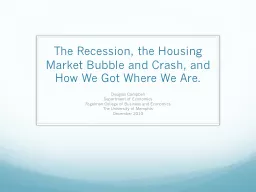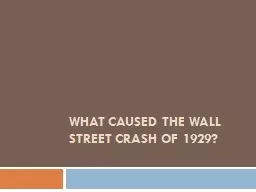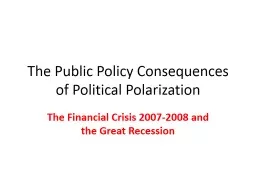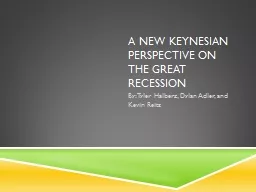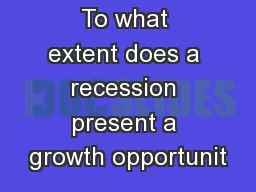PPT-The Recession, the Housing Market Bubble and Crash, and How
Author : jane-oiler | Published Date : 2015-10-07
Douglas Campbell Department of Economics Fogelman College of Business and Economics The University of Memphis December 2010 Recession of 20072009 December 2007 to
Presentation Embed Code
Download Presentation
Download Presentation The PPT/PDF document "The Recession, the Housing Market Bubble..." is the property of its rightful owner. Permission is granted to download and print the materials on this website for personal, non-commercial use only, and to display it on your personal computer provided you do not modify the materials and that you retain all copyright notices contained in the materials. By downloading content from our website, you accept the terms of this agreement.
The Recession, the Housing Market Bubble and Crash, and How: Transcript
Download Rules Of Document
"The Recession, the Housing Market Bubble and Crash, and How"The content belongs to its owner. You may download and print it for personal use, without modification, and keep all copyright notices. By downloading, you agree to these terms.
Related Documents

